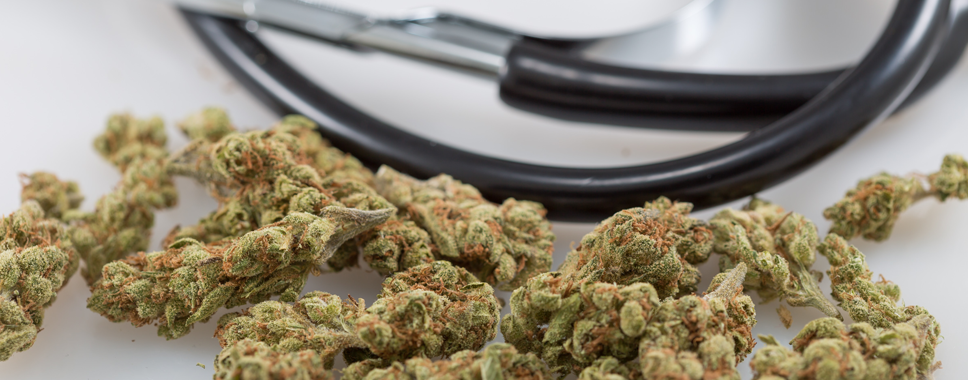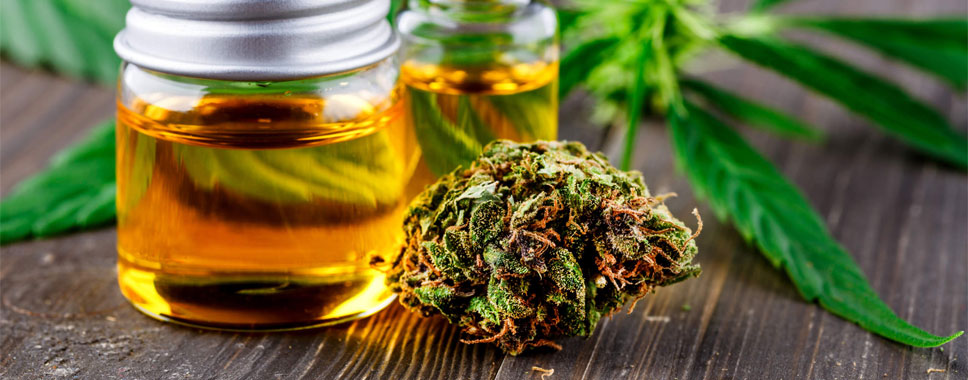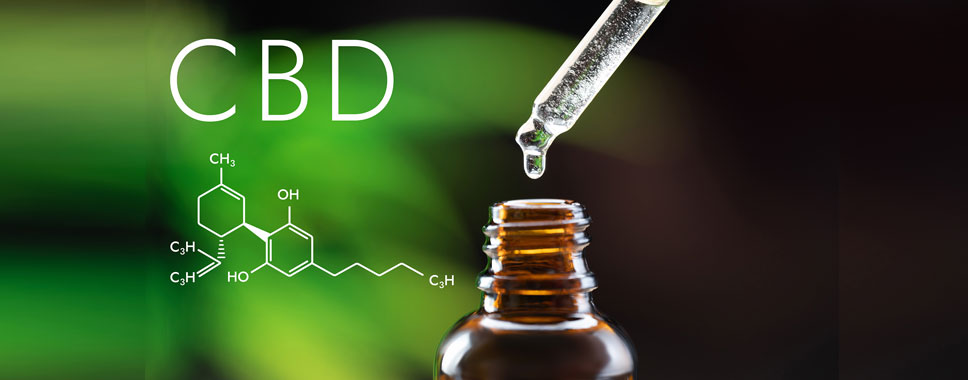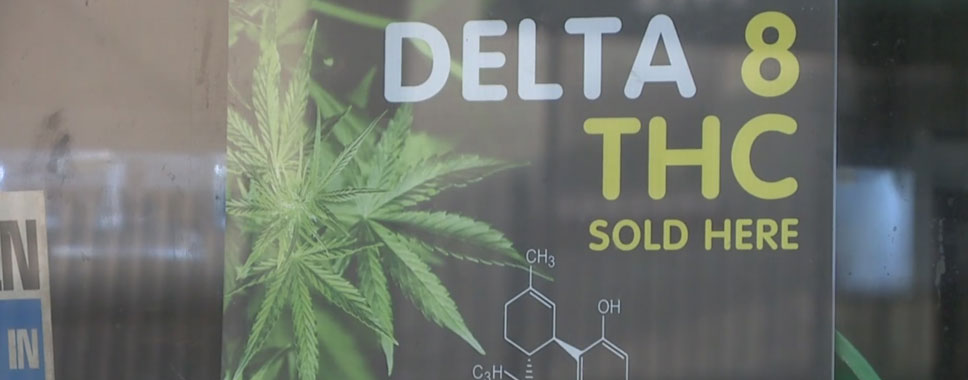The legalization of medicinal edibles in Florida has brought joy to both businesses and patients in the state’s cannabis community.
In 2016, Florida residents voted to amend the constitution, allowing for the use of medicinal cannabis. However, not all forms of cannabis were immediately accessible. It wasn’t until 2019 when Governor Ron DeSantis repealed a law prohibiting the smoking of cannabis flower, making it legal for consumption.
Although edibles were legalized in 2017, they only became available in dispensaries in late summer of 2020. This delay was primarily due to the Florida Office of Medical Marijuana Use (OMMU) needing to establish comprehensive regulations governing the manufacturing, sale, and consumption of edibles.
The regulations set forth by the OMMU prioritize public safety, particularly the well-being of children. For instance, the new rules prohibit the sale of edibles that resemble candies commonly found on the market. Furthermore, the OMMU mandates that edibles should be produced in a manner that minimizes color intensity and other visual characteristics that may appeal to children.
The OMMU also established specific guidelines for potency. Individual servings of edibles must not exceed 10mg of tetrahydrocannabinol (THC), and products with multiple servings should not contain more than 200mg of THC.
Additional restrictions include the prohibition of colorants, whether natural or artificial, as well as the ban on using icing, sprinkles, and toppings. Furthermore, the addition of fish, meat, or poultry in edibles is strictly forbidden.
According to the regulations, consumers have a range of options when it comes to edibles, including lozenges, gelatins, baked goods, chocolates, and drink powders.
Industry analysts predict that the introduction of edibles to the medical cannabis market could generate over $200 million in revenue for the sector. This expansion offers promising prospects for growth and innovation within the industry.

 hempcentral
hempcentral 



Comments